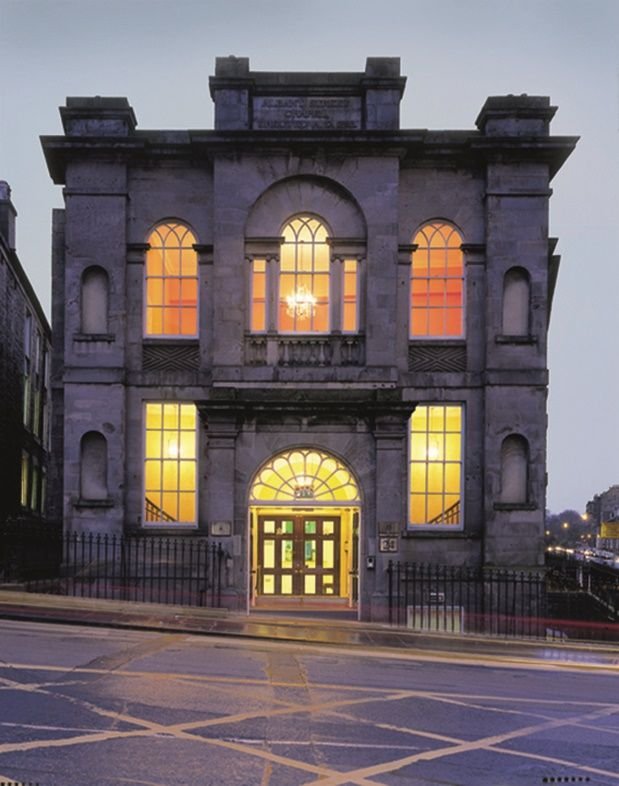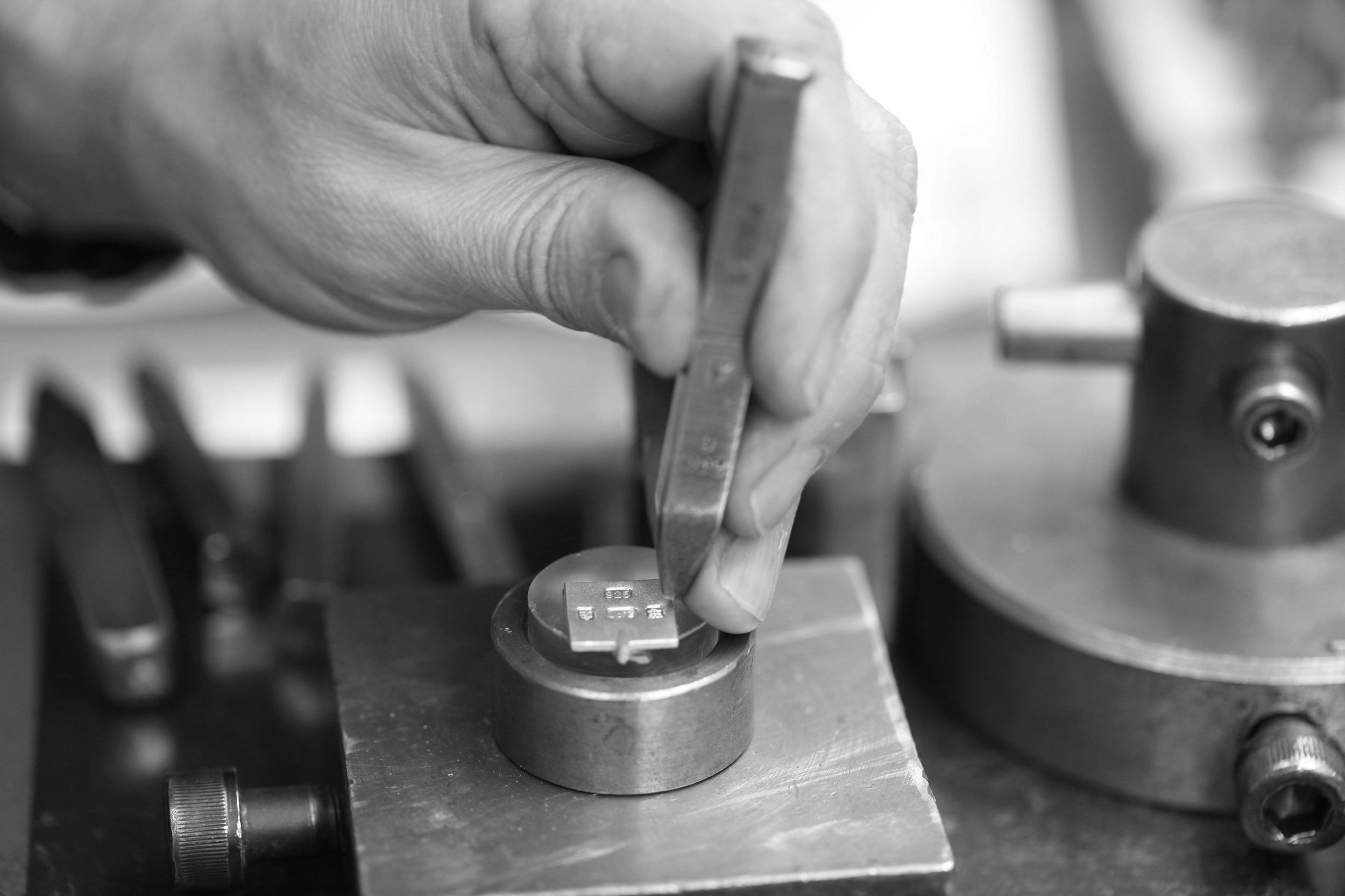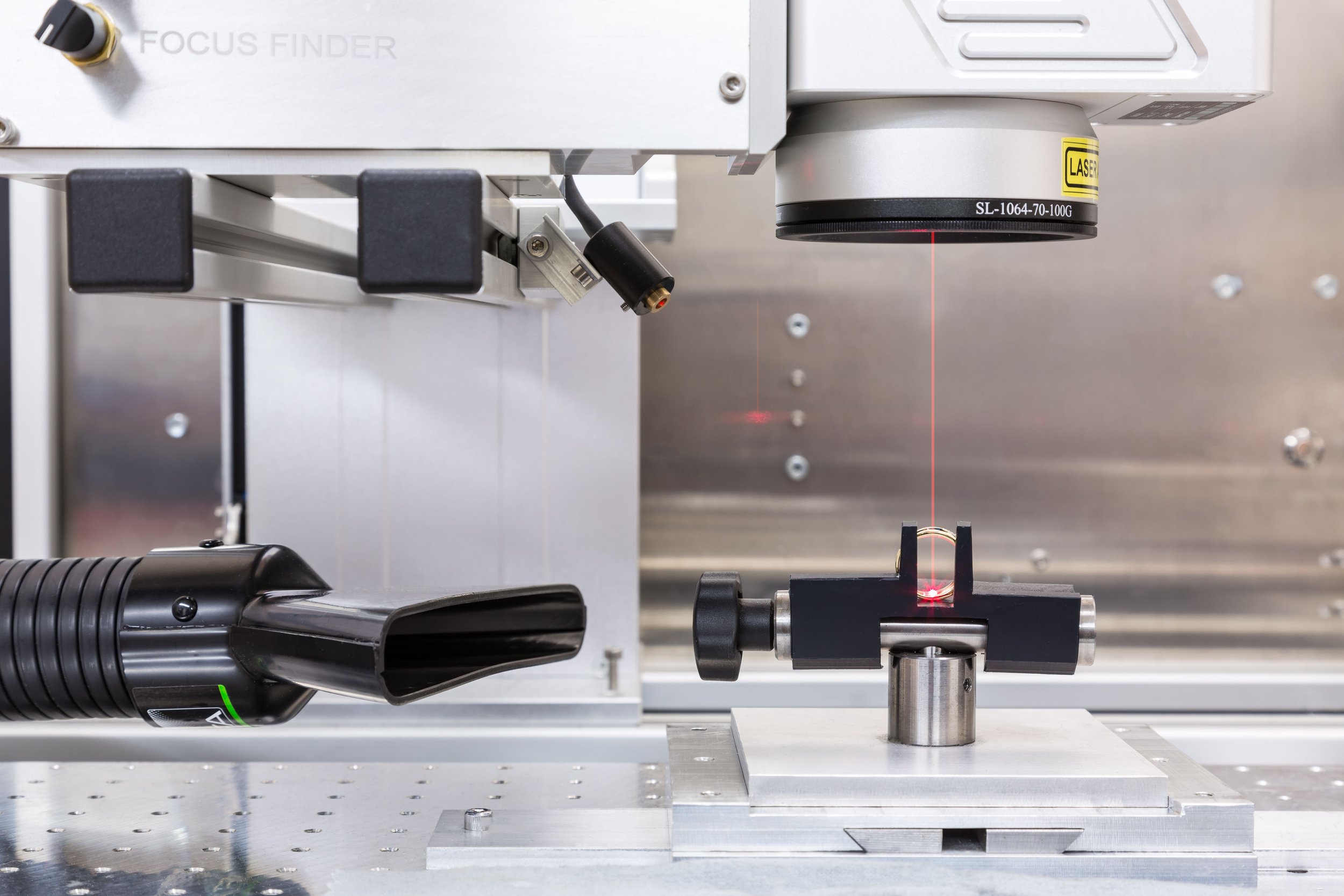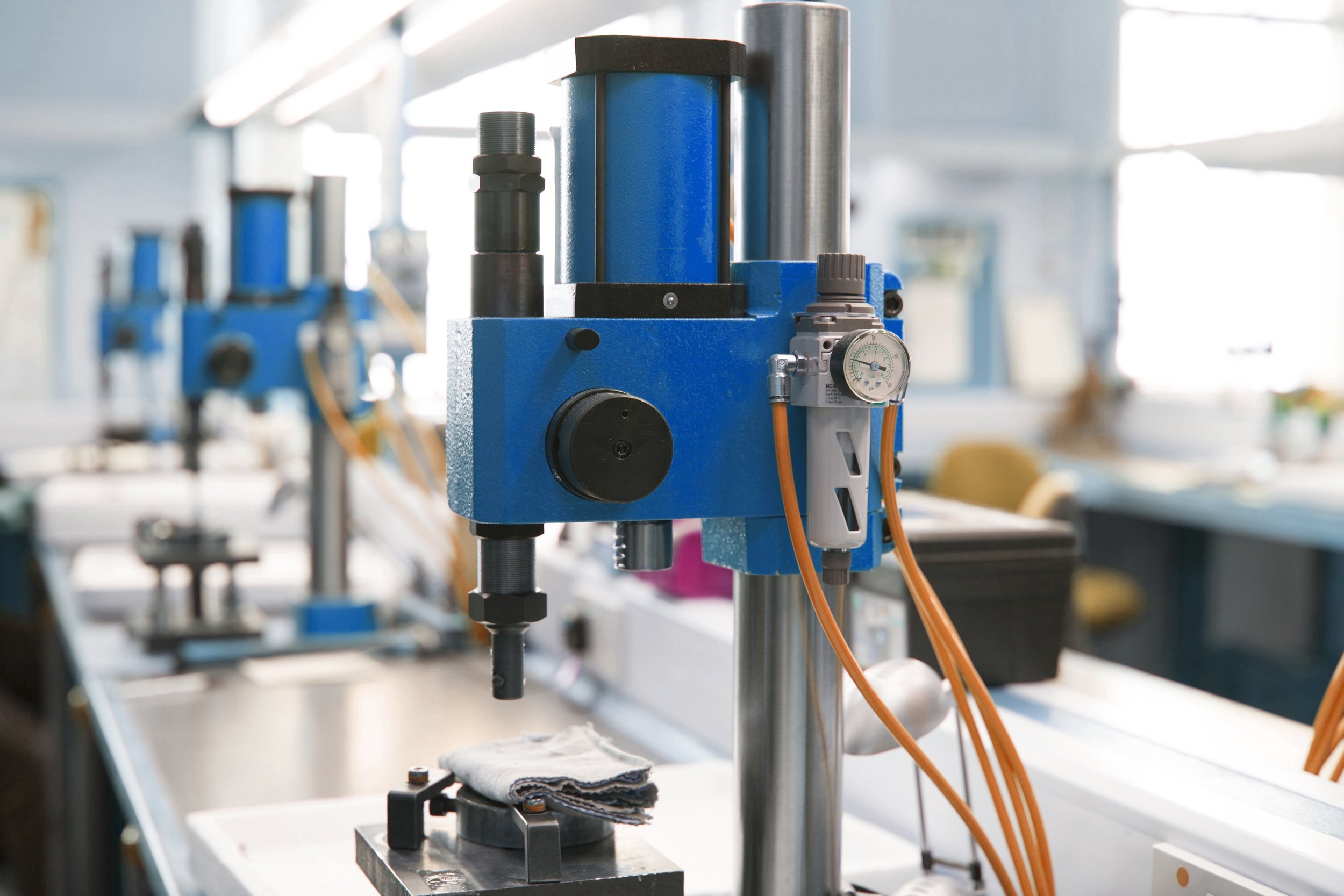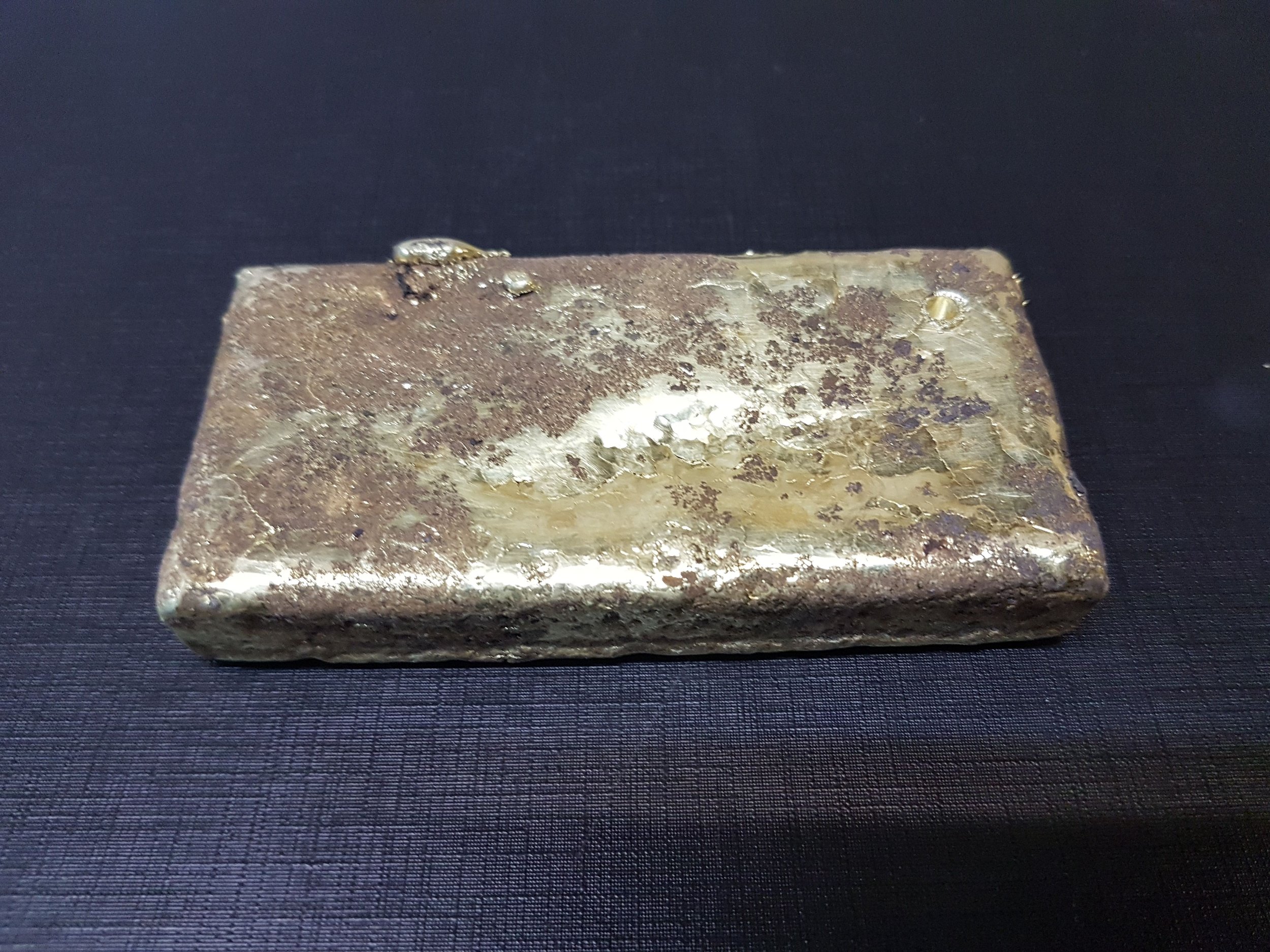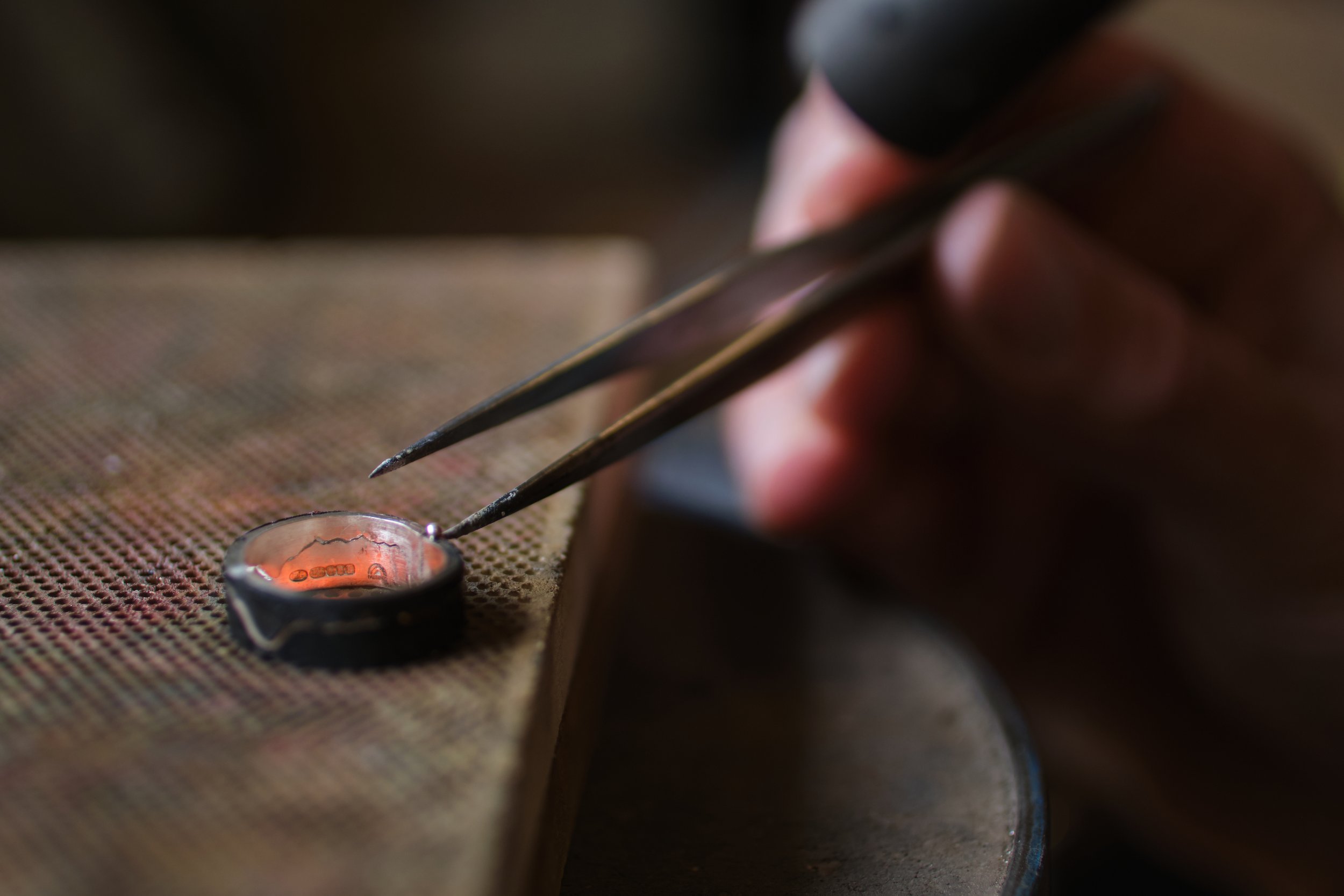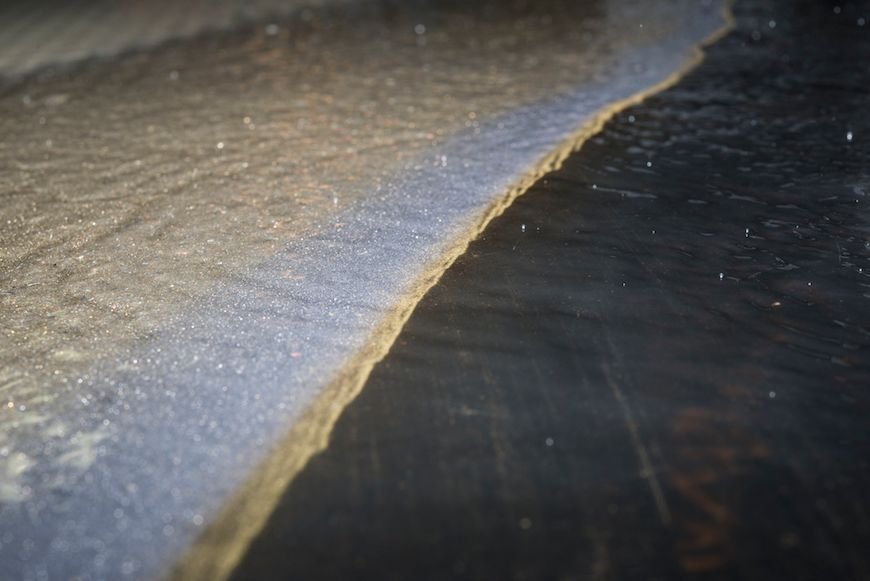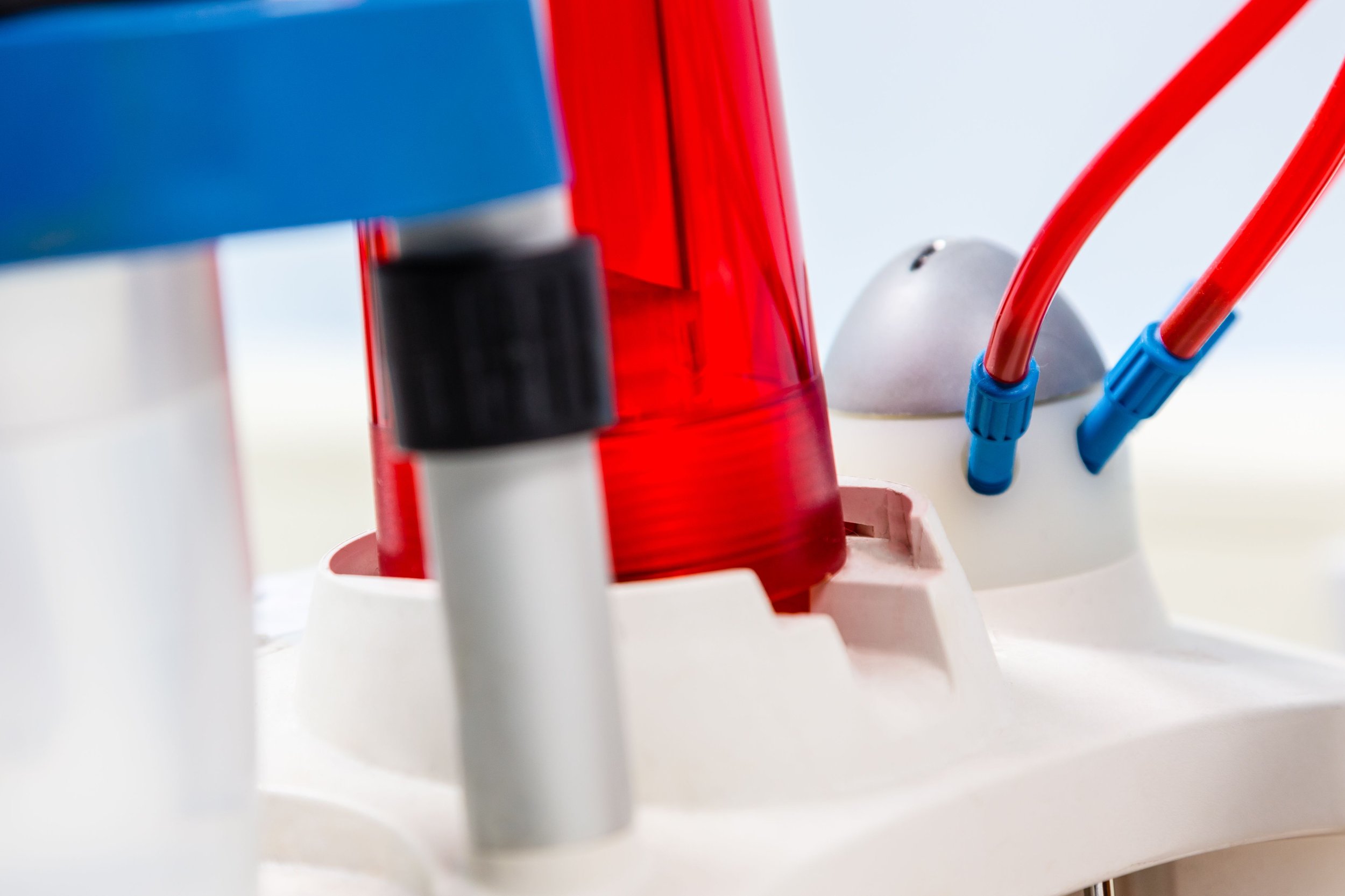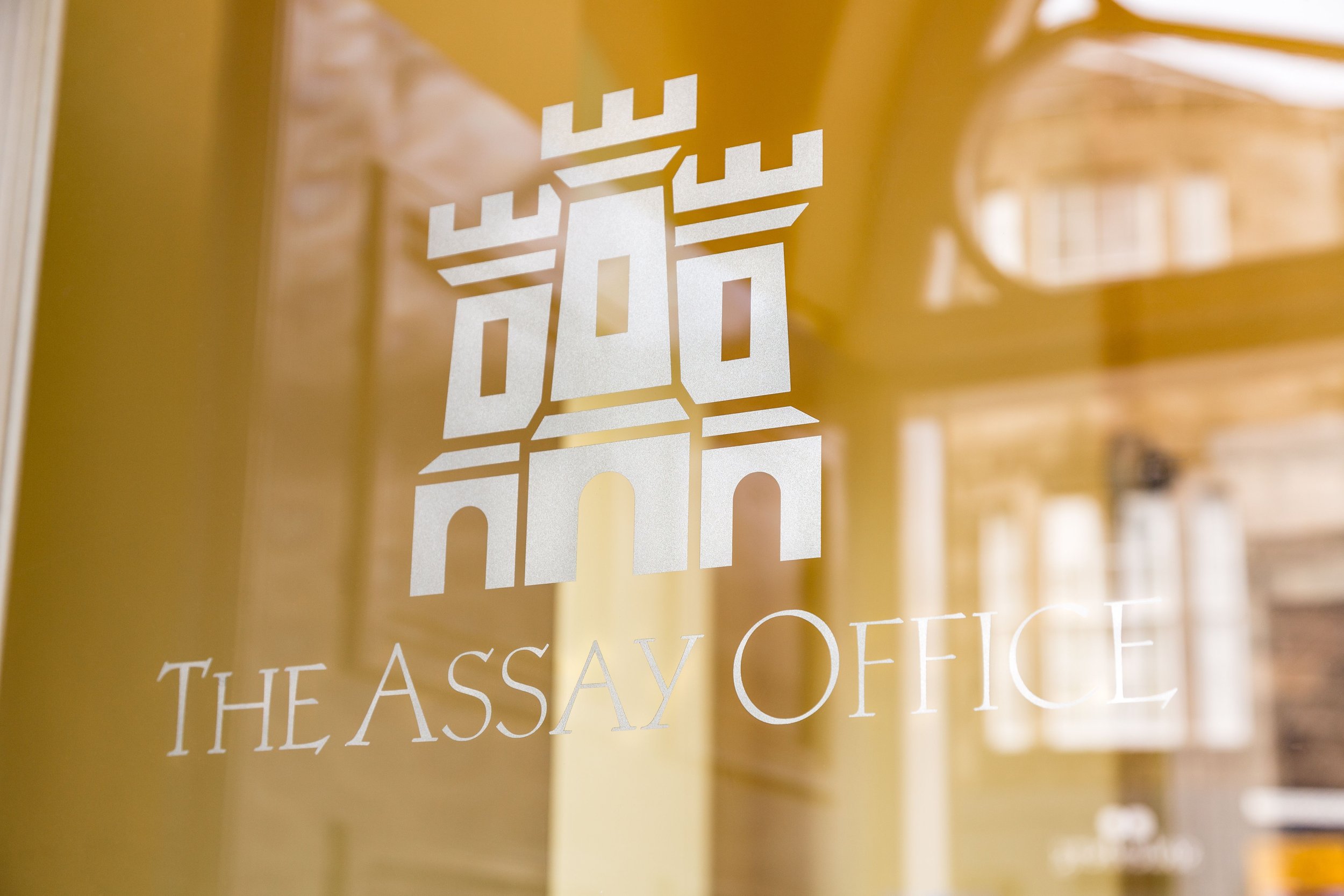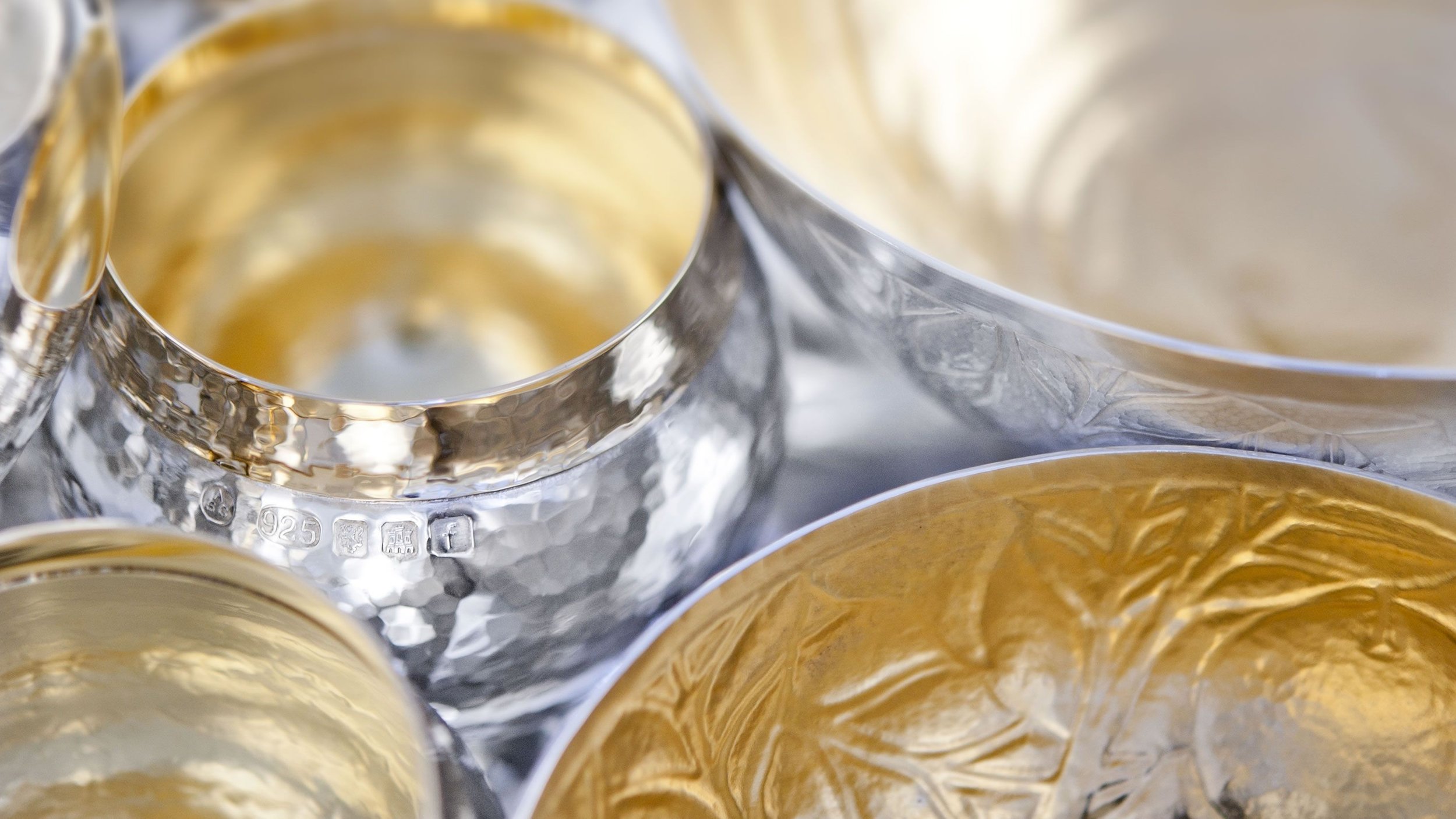Consumer Awareness | Edinburgh Assay Office
Hallmarking in the UK has been maintaining quality assurance over centuries: ensuring consumers can purchase precious metal jewellery and goods with confidence. To answer our questions on hallmarking and precious metals testing, we have been in touch with local experts at the Edinburgh Assay Office, where we spoke to Scott Walter, Assay Master, and Chief Executive.
What does the Edinburgh Assay Office do?
The Edinburgh Assay Office is the trading name of the Incorporation of Goldsmiths of the City of Edinburgh. We are one of 4 Government appointed Assay Offices and our principal business is to guarantee the purity of precious metals by assaying and hallmarking articles of gold, silver, platinum, and palladium in compliance with National and International regulations. We also have an enforcement role to ensure that anyone selling precious metal items complies with the Hallmarking Act. Our mission is to protect consumers, assure quality and ultimately build trust between retailers and consumers. We have been testing and hallmarking here in Edinburgh, without interruption, since the middle of the 15th century. We maintain records on registered makers and articles marked going back several centuries. Today, we are the UK’s largest Assay Office and test and hallmark up to 100,000 articles weekly. We employ around 50 members of staff, and we operate from our premises in Goldsmiths’ Hall, Edinburgh. We also provide a range of other services which all relate to quality assurance surrounding the manufacture, import, sale and distribution of precious metal articles. Hallmarking is the largest portion of our business, but it is just one facet of the services we provide.
Goldsmiths’ Hall, Edinburgh
Why is material quality important?
Precious metals are rarely used in their purest form for making jewellery. They are normally alloyed with lesser metals to give them strength and durability and to influence their colour. There is no way of telling just how much precious metal is in an alloy by sight or by touch nor is there any easy way to identify what the other alloy constituents might be or if there are any surface treatments on an item. Consumers want to know that when they are paying for a jewellery item described as being made from a 750-parts-per-thousand gold alloy, it is as described. Consumers want to know that jewellery alloys don’t contain prohibited alloy constituents that might cause skin irritation. Our UKAS-accredited laboratory and our highly trained analysts are uniquely equipped to test precious metal alloys and determine precious and non-precious metal concentrations with the highest degree of precision.
What does a Hallmark say about the item marked?
Firstly, it says that an article can be legally described as a precious metal. It remains an offence under the Hallmarking Act for anyone to describe an article over a certain weight as being made of precious metal without a hallmark. This includes a verbal description. The UK’s legal requirement for a hallmark applies to anyone in the course of trade or business with UK consumers and applies equally to e-commerce, distance selling, gallery shops, market stalls and physical retail premises. A hallmark can only be applied by an Assay Office.
The hallmark itself has 3 minimum requirements:
Who- The sponsor’s or maker’s mark tells you who put the item onto the market or made the item.
What- The fineness mark is the precious metal purity expressed in parts per thousand. There is a different shape for each metal.
Where- The town mark ( Assay Office Mark) tells which Assay Office tested and hallmarked the item.
As well as our current makers’ mark records, we have makers’ mark records going back centuries and these can be accessed via our online archive. Using a hallmark to trace an item’s origin and provenance is commonplace among collectors and museums. This is only made possible through our tradition of hallmarking and record-keeping.
Other traditional elements of a hallmark are also available on a voluntary basis. The date letter tells you the year something was hallmarked. There are also several traditional fineness symbols like the lion rampant for silver. From time to time the Assay Offices apply commemorative marks. Last year we applied the platinum Jubilee mark. This year we expect to launch a coronation mark.
Can you share more about the different types of metals you hallmark?
The Assay Office is often asked to apply trademarks or marks that denote that the metal is specific to a source. Fairtrade marks and Fairmined marks are good examples. It is important to clarify that in these instances the Assay Office simply applied the mark. The responsibility for the control of the scheme and its accuracy lies with the trademark holder and the licensee ( the maker) The Assay Office does not guarantee the marks nor does it guarantee the origin of the material. These marks are trademarks they are not hallmarks.
In the case of the Scotgold project, Edinburgh Assay Office worked with Scotgold to design the chain of custody from the mine to the consumer. We also worked with the refiner to produce alloys containing a trace element that could only be identified under specific conditions when the items were submitted for assay. This allowed the Assay Office to guarantee the scheme’s accuracy to consumers. This was the first time we had provided this level of assurance, but it was only made possible through our role in designing and overseeing the chain of custody.
How do traditional and advanced technologies support quality assurance?
The Edinburgh Assay Office has been at the forefront of advances in technology for hallmarking and consumer protection for the last 20 years. We developed the world’s first fully digital Assay and submission system over 15 years ago. We later further evolved that same system to include a hallmarking and fulfilment system with onward delivery to online shoppers. This won us an industry award for innovation in 2016 and has helped Edinburgh Assay Office grow to be the UK’s largest Assay Office.
We have been developing laser marking technology since 2001. We also introduced non-destructive XRF testing technologies around the same time. Both technologies have reshaped hallmarking as an industry.
We launched the world’s first digital trust mark specifically for online jewellers back in 2016. The Assay Assured Retailers Trustmark remains the world’s only jewellery-specific Trustmark. The Digital Trustmark is linked to a digital certificate and is underpinned by a code of conduct and regular audits on Assay Assured retailers’ websites. Assay Assured will relaunch in 2023 supported by all 4 UK Assay Offices.
Today we are working in partnership to develop provenance tracking systems using blockchain with a consumer-facing interface to support retailers in leveraging the added value around material provenance claims.
What are the ‘testing services’ used for?
Our laboratory is used by a range of different clients for many different reasons. First and foremost, our UKAS 17025 accredited lab is a reference lab for the analysis of precious metal concentration. That means if you give us a piece of metal, we can tell you with great accuracy how much precious metal it contains if any at all. Our lab also provides a range of custom reports on a range of different topics which include, expert witness statements for prosecutions by trading standards, nickel elution testing, tarnish testing, plating thickness analysis, wear testing etc.
Do you have an example of how your services have exposed misconduct within the industry?
We routinely find precious metal items where the alloys are not as stated, or there are substandard parts. We regularly find base metal plating or sub-plating too. We routinely find articles submitted at the wrong standard. Sometimes these errors are a simple mix up but on occasion, the sponsor is genuinely surprised the item has failed as they had believed it to be of a higher standard.
Can you tell us more about consumer protection at the EAO?
Everything the Edinburgh Assay Office does is aimed at providing the end consumer with an informed choice. From our 550-year-old tradition of hallmarking and record keeping in order to provide a guarantee of quality and post-market traceability through to our digital Trustmark scheme that lets online shoppers know that they are buying from a compliant source is aimed at protecting the consumer. We are an independent, not-for-profit, 3rd party oversight of the industry. We are Scotland’s oldest consumer protection provider and consumers and the trade have come to respect and value our independence and our impartiality. We regularly assist consumers who come to us directly having purchased items without a hallmark. We provide consumers with analysis and opinions and advise them of their rights. If we find the seller to be at fault, we can also initiate legal proceedings against non-compliant retailers with the support of trading standards.
Where do you see EAO quality assurances supporting the industry in the future?
We want to continue to provide consumers with an informed choice. We want to support legitimate businesses and help them differentiate themselves from fake or questionable traders. Setting standards and providing the solutions and systems to verify and substantiate claims of purity, origin, quality, or provenance is where the Incorporation began and that is the same space that we see ourselves in now and in the future. We think that is exactly where the trade and consumers expect to find us.

